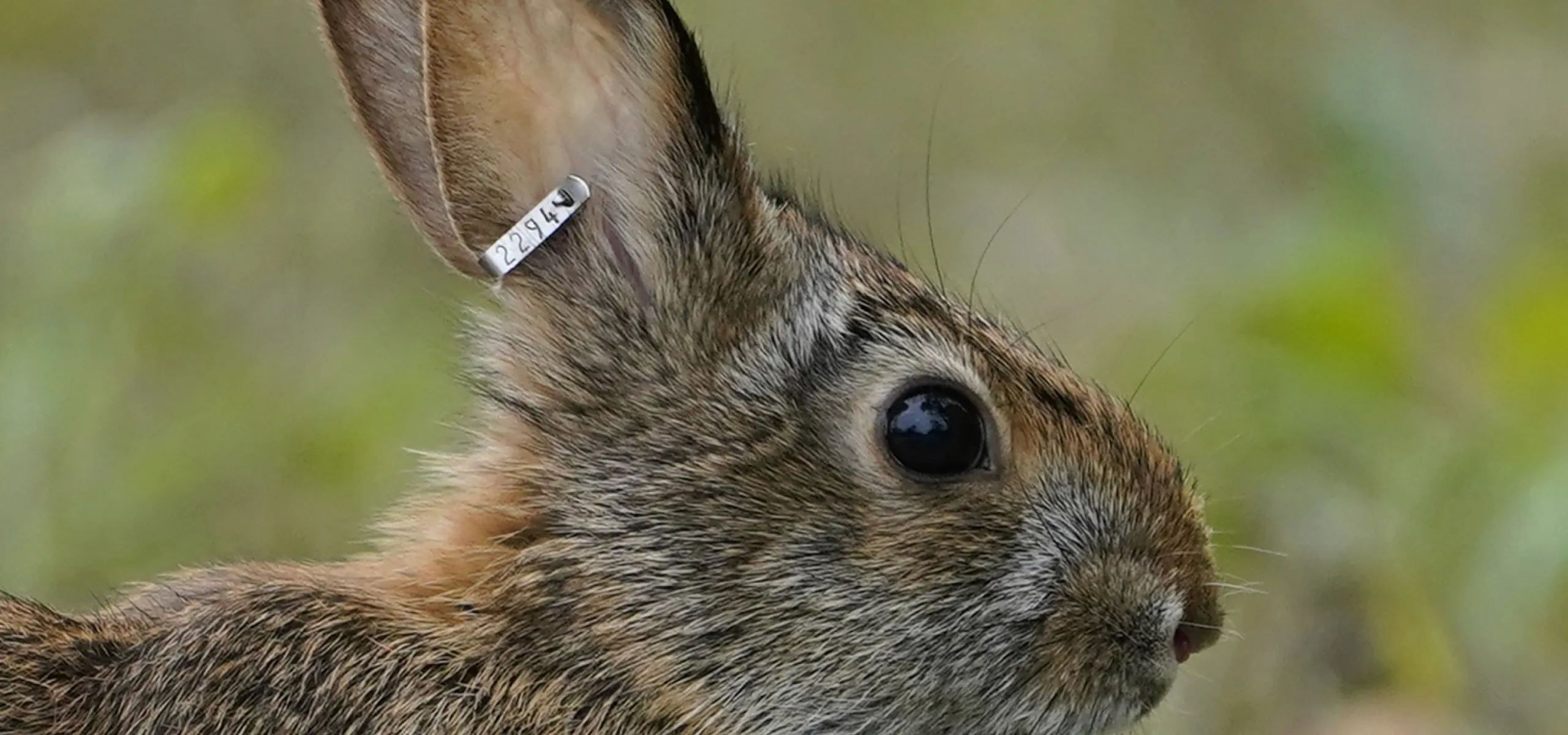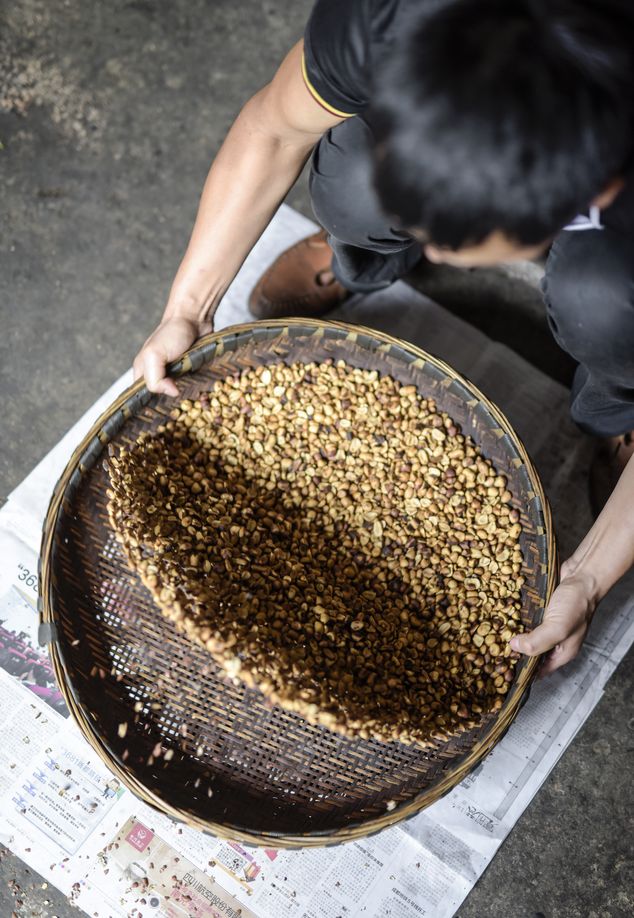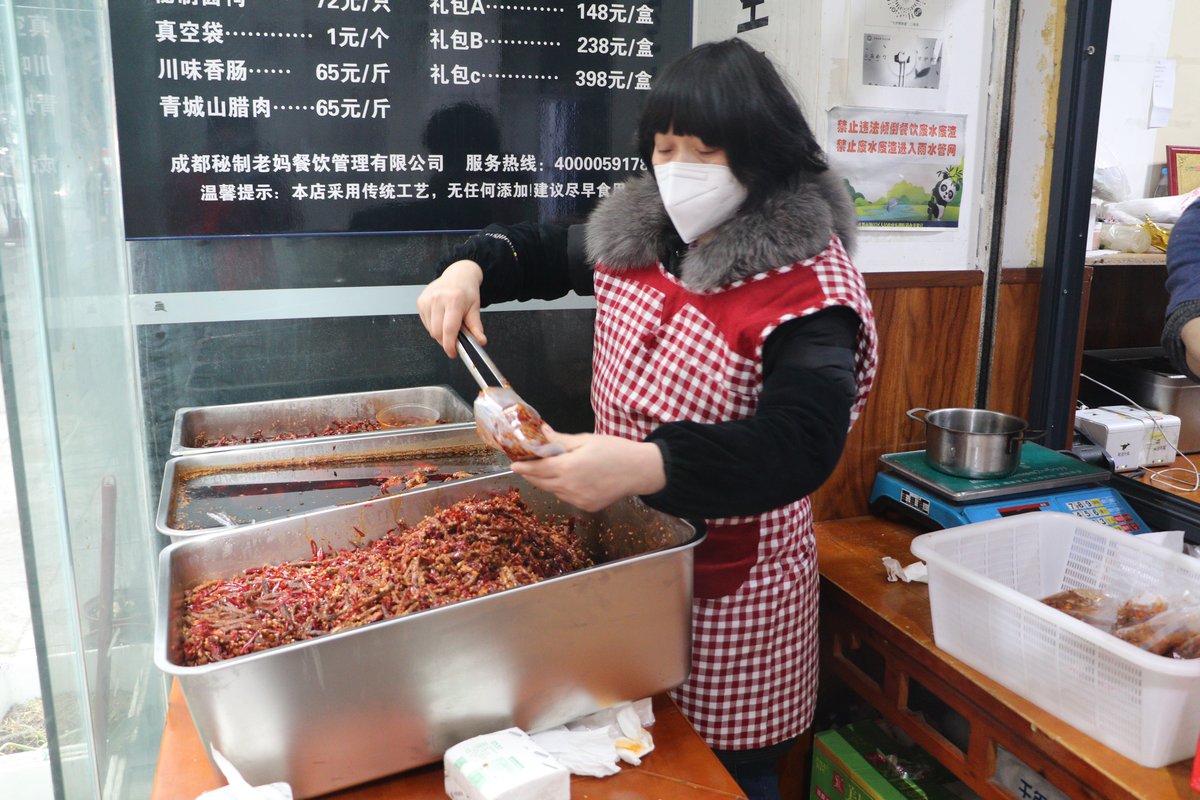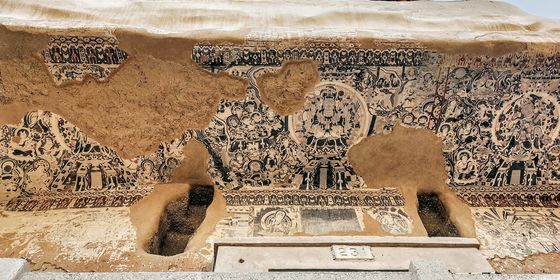Tracking the humble origins, spicy flavors, and nostalgic undertones of this signature Sichuan dish—rabbit head
“Laoma, can I have one rabbit head?” This unexpected request, made by customer after customer at her spicy hot pot stall in Chengdu, started laid-off worker Shi Guiru on her journey to becoming the founder of the nationally renowned food brand Shuangliu Laoma Rabbit Head—and changing the culinary traditions of her native Sichuan province for good.
According to a 2017 profile of the brand in the Chengdu Daily, Shi lost her job in a factory canteen in 1992, and started selling spicy hot pot, or malatang (麻辣烫), for a slender income. Soon, the 48-year-old became affectionately known as Laoma (老妈, ”Old Mom”) to her customers. Wanting to add variety to the hot pot ingredients, Shi bought rabbit heads at a low price from the local produce market. Though this may be hard to imagine today, with rabbit head being one of Sichuan cuisine’s most famous ingredients, it could be bought at just 2 yuan for 500 grams in the early 1990s—and even then, vendors often discarded the heads at the end of the day due to the lack of buyers.
Shi, however, saw potential. She experimented with different ways of seasoning the rabbit heads, and invited her adult children to sample the results and give feedback. Later on, her daughter allegedly referred to Shi a seasoning expert, who taught her his secret recipe that took her product to a new level. As Shi’s son began snacking on rabbit heads in front of the malatang stall, customers were attracted by the unusual smell and itched to try them, until they became the most popular item on Shi’s menu.
By the mid-to-late 1990s, China’s economic reforms had led to unprecedented levels of prosperity for the middle class. Nightlife boomed in Chengdu’s Shuangliu district, with stalls lining the street and patronized by throngs of customers. Eventually, Shi earned enough capital from selling rabbit heads at her stall to establish Shuangliu Laoma, which was followed by the hundreds of rabbit head brands that exist in Sichuan today.
When it comes to marinating Sichuan-style rabbit heads, chili is indispensable. As the Sichuan Basin is known for its humid climate, which according to traditional Chinese medicine can cause a variety of illnesses, eating spices was one of the traditional methods for eliminating “damp” qi from the body. Before the chili pepper was discovered in the Americas and came to China via Southeast Asia in the late Ming (1368 – 1644) and early Qing (1616 – 1912) dynasties—at that time imported as a rare delicacy—Sichuan peppercorn was the region’s preferred spice. After farmers began to plant chili in Sichuan, it became widely used in cooking, and, combined with the numbing taste of peppercorn, is the basis of Sichuan cuisine’s signature mala (麻辣, numbing and hot) flavor.
Rabbits were also traditionally used in Sichuan cuisine, as the hilly topography of the region provided a good habitat for small animals. In Chengdu today, eating rabbit heads with friends is one of the most popular social activities among young people. Yang Hansen, a 30-year-old filmmaker from Mianyang, Sichuan, who lived in Chengdu for many years, considers it an essential part of a good night out. “Apart from Shuangliu Laoma, other vendors have created their own exclusive flavor of rabbit heads and sell them in the food market,” he tells TWOC. Though most of these brands are not widely commercialized, locals tend to have favorites that they swear by.
One of Yang’s favorite vendors is a third-generation family-run business that operates a counter at Chengdu’s Xinyuquan Supermarket. “I always have good conversations with the owner. He told me he inherited the recipe for making rabbit heads from his father, and now his son sells them from an online store which is marketed on social media,” says Yang.
The supermarket is open 24 hours a day, and one can find vendors selling rabbit heads well after midnight. “One night, I stayed up until 2 in the morning and got a message from a friend telling me she wanted to eat rabbit heads,” he recalls. “We came out of the supermarket at 2:30 and ate the rabbit heads on the street around the corner. It was raining and there were barely any people out. We drank, ate, and chatted together until early morning, waiting for the rain to stop. That was my most beautiful memory of a night out.”
Chengdu, though is not the first or only place in China to discover the joy of eating rabbit head. Quzhou, a city in the western part of the coastal Zhejiang province, describes its local cuisine with the saying “three heads and one foot”: rabbit head, duck head, fish head, and duck foot. It is also known for its burning chili flavor, which Liu Fangyuan, a Hong Kong-based graduate student in her 20s, is proud of. “Zhejiang is famous for its sweet food. However, few people know that my hometown Quzhou eats spicy food,” she tells TWOC. This is because Quzhou is adjacent to Jiangxi province, where the cuisine is even spicier than Sichuan—though much less famous, and lacks the numbing peppercorn.
Unlike Yang, Liu is not personally fond of eating rabbit head, as she thinks it looks scary. “But they are still the favorite food of lots of Quzhou locals. People like eating them with their bare hands, and the heads are popular because of the tender meat on the face.” She believes the popularity of rabbit head is waning among the younger generation in Quzhou, who are increasingly indulging in duck head, while it’s the elders in Liu’s family who are more likely to eat the former.
“I think the moment they crack open the heads [to eat] is scary and cruel to me, as rabbits are such cute animals, but as long as they enjoy the food [it’s okay],” she says, citing the scene of her older relatives enjoying rabbit heads as a special memory she has of her family.
In 2020, Chengdu officially named Shuangliu Laoma as one of the city’s “intangible cultural heritage” brands, and the rabbit head market is more competitive than ever. According to the Chengdu Daily, Shuangliu Laoma’s cooking process is extremely complicated and involves 100 seasonings. For decades, Shi has even abstained from drinking coffee and tea in order to keep her sense of taste and smell sharp.
Yang says rabbit head is more than just a food, but also represents his affection for his hometown. “In every Chengdu local’s heart, there is always one store that they believe is the only place one should go to eat rabbit heads.” Yang always recommends his favorite vendor to out-of-town visitors, and sometimes even buys products from this shop to ship to friends in other cities. “This is the moment when I feel that Chengdu belongs to me,” he says.
And the friend who once ate rabbit heads and watched the rain with Yang all night? She is now his partner, and they are planning to get married.














